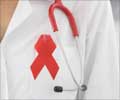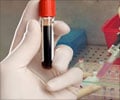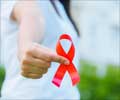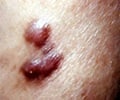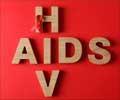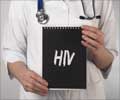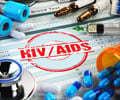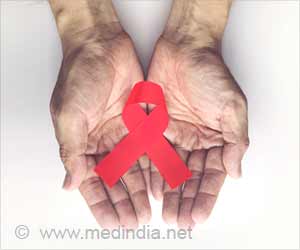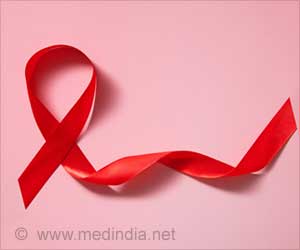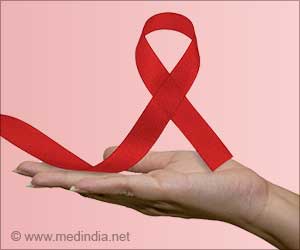UNAIDS released data Wednesday showing more than eight million people - a record number in low and middle income countries - are now receiving antiretroviral drugs to treat HIV.
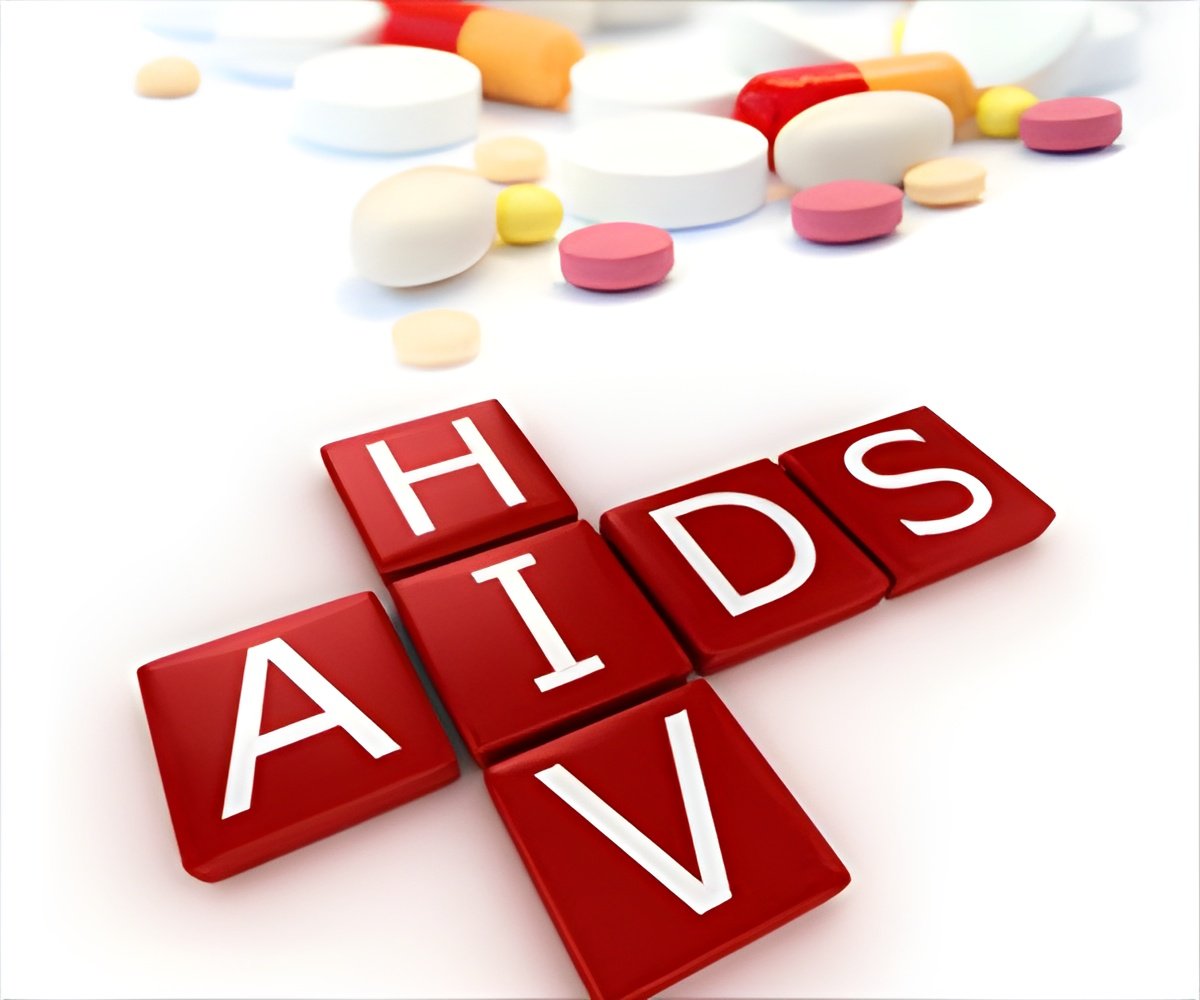
In all low- and middle-income countries, the availability of antiretroviral drugs grew by more than 20 percent in just one year, compared to the latest figure of 6.6 million people covered in 2010, said the report.
Now, more than half (54 percent) of the estimated 14.8 million people in need of antiretrovirals in those countries can access them, according to the figures released in Washington ahead of the International AIDS Conference next week.
"This is quite an incredible increase and we are very glad to see that," the World Health Organization's AIDS chief Gottfried Hirnschall told AFP.
"This is some of the most encouraging news that we will take to the conference."
The report said the advance "puts the international community on track to reach the goal of 15 million people with HIV receiving treatment by 2015," an aim unanimously agreed by UN member states.
Advertisement
Costs of antiretrovirals have decreased markedly in the past decade, from $10,000 per person in 2000 to less than $100 per person in 2011 for the least expensive WHO-recommended regimen.
Advertisement
But a staggering 3.4 million children under 15 were living with HIV last year, 91 percent of them in sub-Saharan Africa.
The statistics were alarming for young women, too, with HIV named as the leading cause of death in women of reproductive age globally and those aged 15-24 facing infection rates that are double those of males the same age.
An estimated 1.2 million women and girls were newly infected with HIV last year, according to the report.
The report also hailed studies showing that treatment with antiretrovirals could reduce the risk of transmission from an infected person to a healthy partner by 96 percent.
It noted a "significant reduction" in transmission to uninfected people who are at high risk through sexual activity and who take the drugs as a preventive measure, though it noted a "major challenge" in adhering to daily therapy.
Overall, worldwide investment in HIV totaled $16.8 billion last year, an 11 percent rise from 2010, but still far short of the $22-24 billion needed by 2015, the report said.
Nearly half (48 percent) of all international assistance for HIV response last year came from the United States.
Source-AFP

